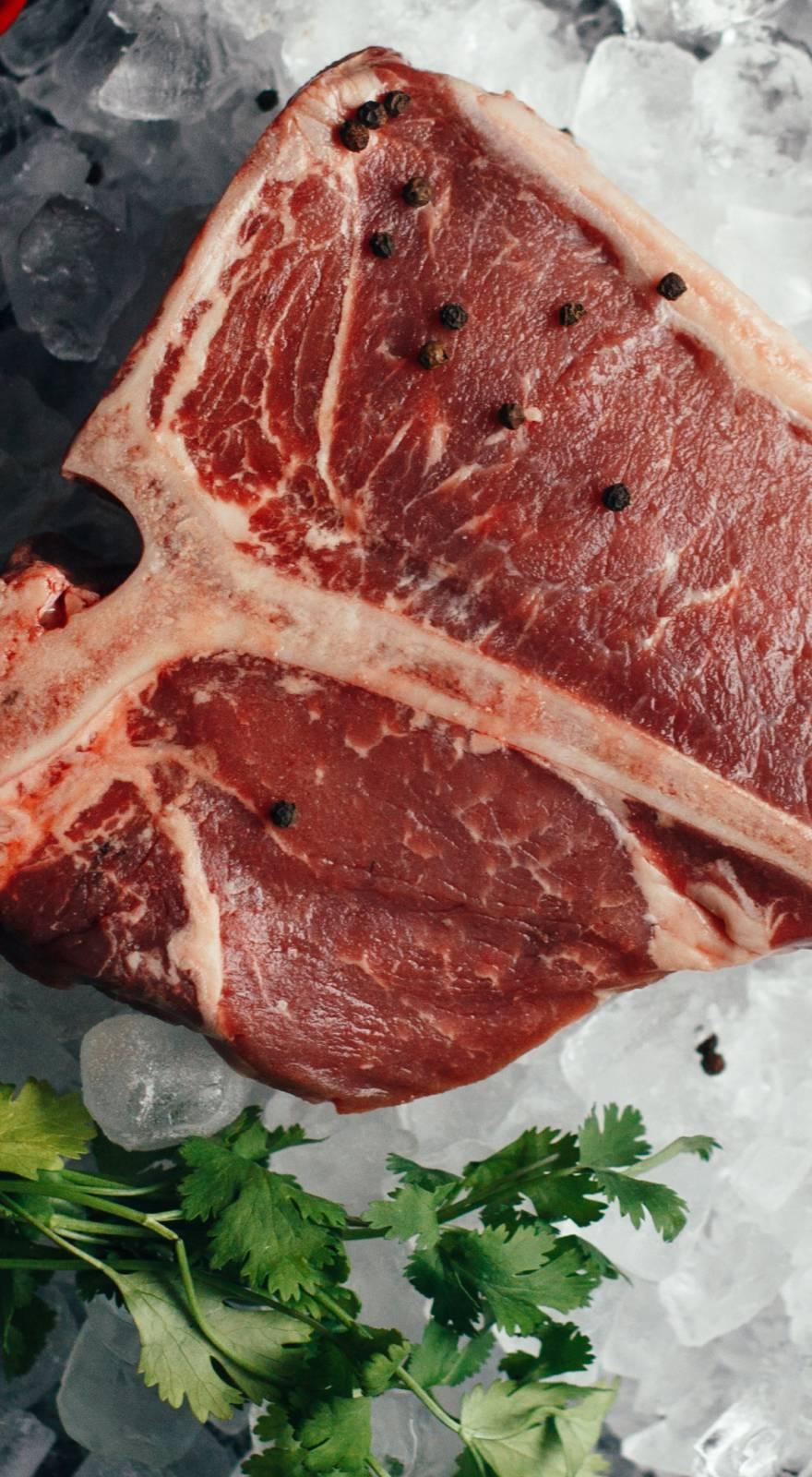Knowde Enhanced TDS
Identification & Functionality
- Ingredient Origin
- Pigment Type
- Food Ingredients Functions
- Ingredients
- Beet
- Technologies
Features & Benefits
- Labeling Claims
- Product Highlights
Beet juice powder (the spray-dried product) should not be confused with beet powder, which is simply dehydrated beets ground into a fine powder. Beet juice powder is completely water-soluble, delivers little flavor, and is completely homogenous in surface shade as a powder. Beet powder on the other hand is only partially soluble in water, delivers the strong hay-like flavor of beets, and is not uniform in color as a powder.
- Properties
Beet juice is sensitive to heat processing. The loss of color varies by temperature, heat duration, pH and water activity of the product being colored. The color may survive HTST provided the cool-down time is fast. Betanin reportedly survives pasteurization temperatures (but not retorting) when used in a high sugar-containing product. Some color regeneration has been reported following heating, so it is important that the final product be allowed some rest time before measurement is taken of the final color. Betanin is also susceptible to oxidation, color loss being most noticeable with products having high water activity or containing cations (i.e., iron and copper). Use of ascorbic acid and/or sequestrants may slow down the oxidation reaction. Betanin solution is degraded by light. The spray-dried form, however, is very stable even in the presence of oxygen (perhaps because of the sugars).
Applications & Uses
- Markets
- Applications
- Food & Nutrition Applications
- Applications
Products successfully colored with beet juice would be those with short shelf-life requirements (such as ice cream, cake icings, mixes, yogurt); sold in a dry state (such as gelatin desserts, fruit chews, gravies, and sauces); packaged to reduce light exposure, oxygen and humidity (such as foil pouched soups, powdered health beverages), and do not require prolonged heating such as frozen products, chewable tablets and pharmaceutical elixirs.
Properties
- Color
Technical Details & Test Data
- Preparation
Beet juice is readily soluble in water providing an intense color. In solution, the hue is somewhat pH dependent. At pH 4 to 5, it is a bright bluish-red and probably the closest match to FD&C Red No. 2. At higher pH, the hue becomes blue-violet, while on the alkaline side betanin breaks down to a yellow-brown. Beet juice functions best between pH 4 and 7. It is sold on the basis of betanin content, which can vary from 0.3 to 1% for the liquid, and about half as much for the powder. All beet juice extracts can be certified kosher and halal.

